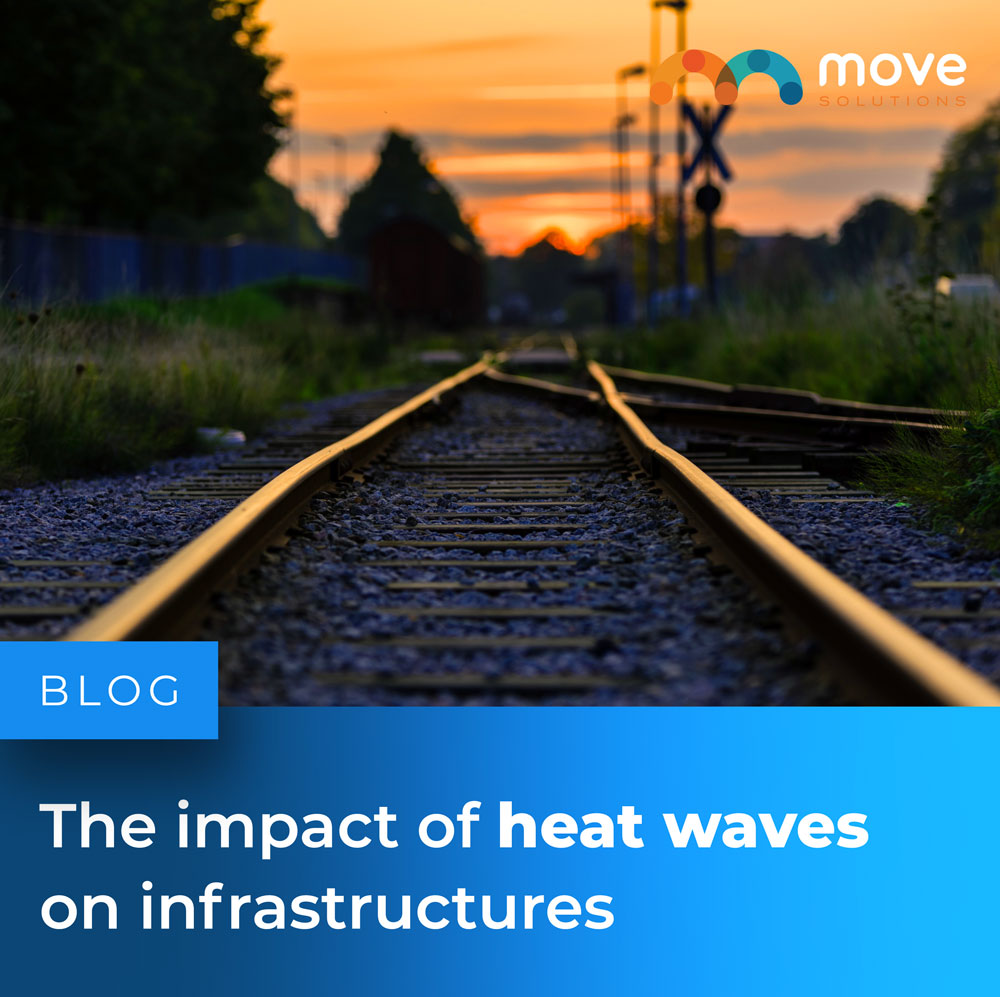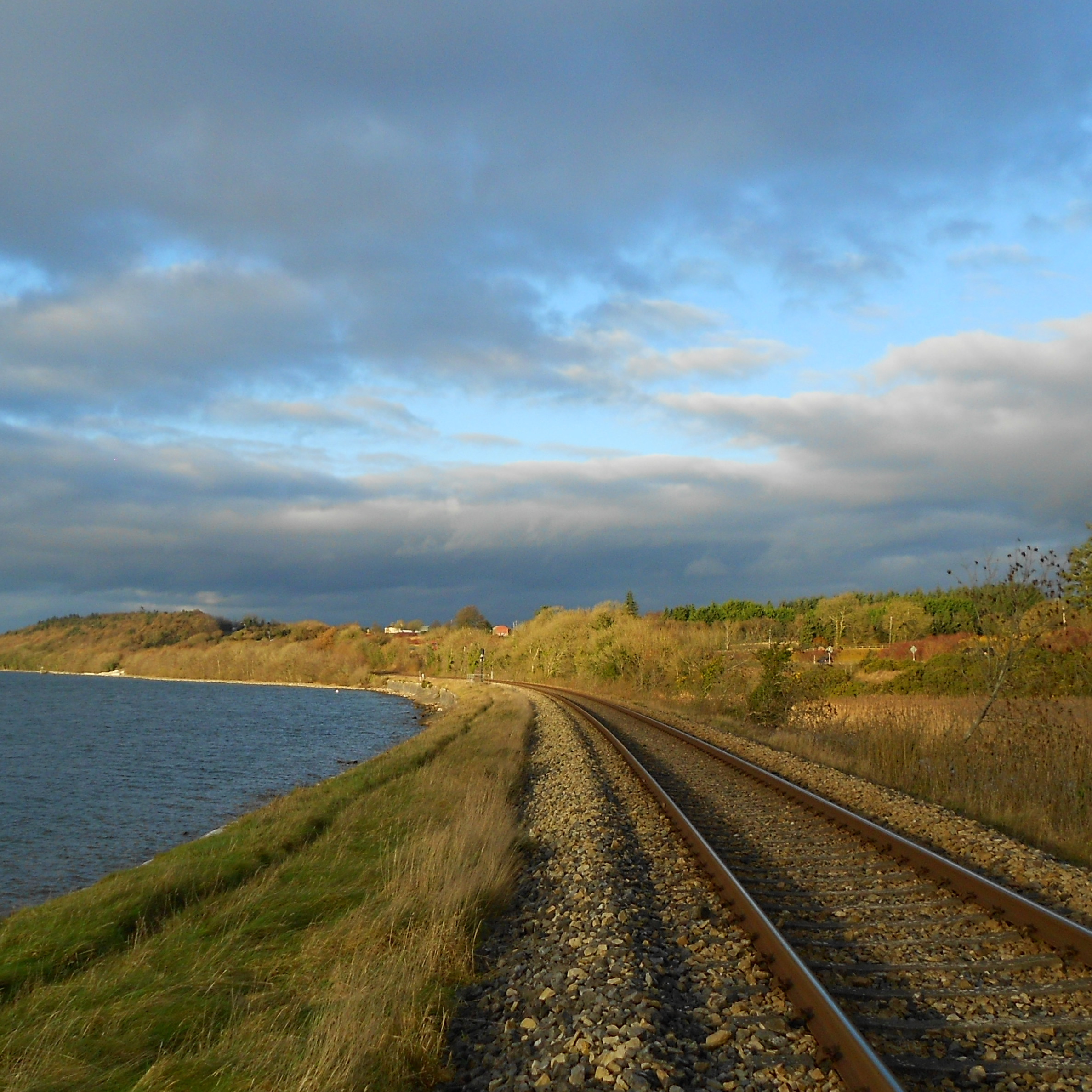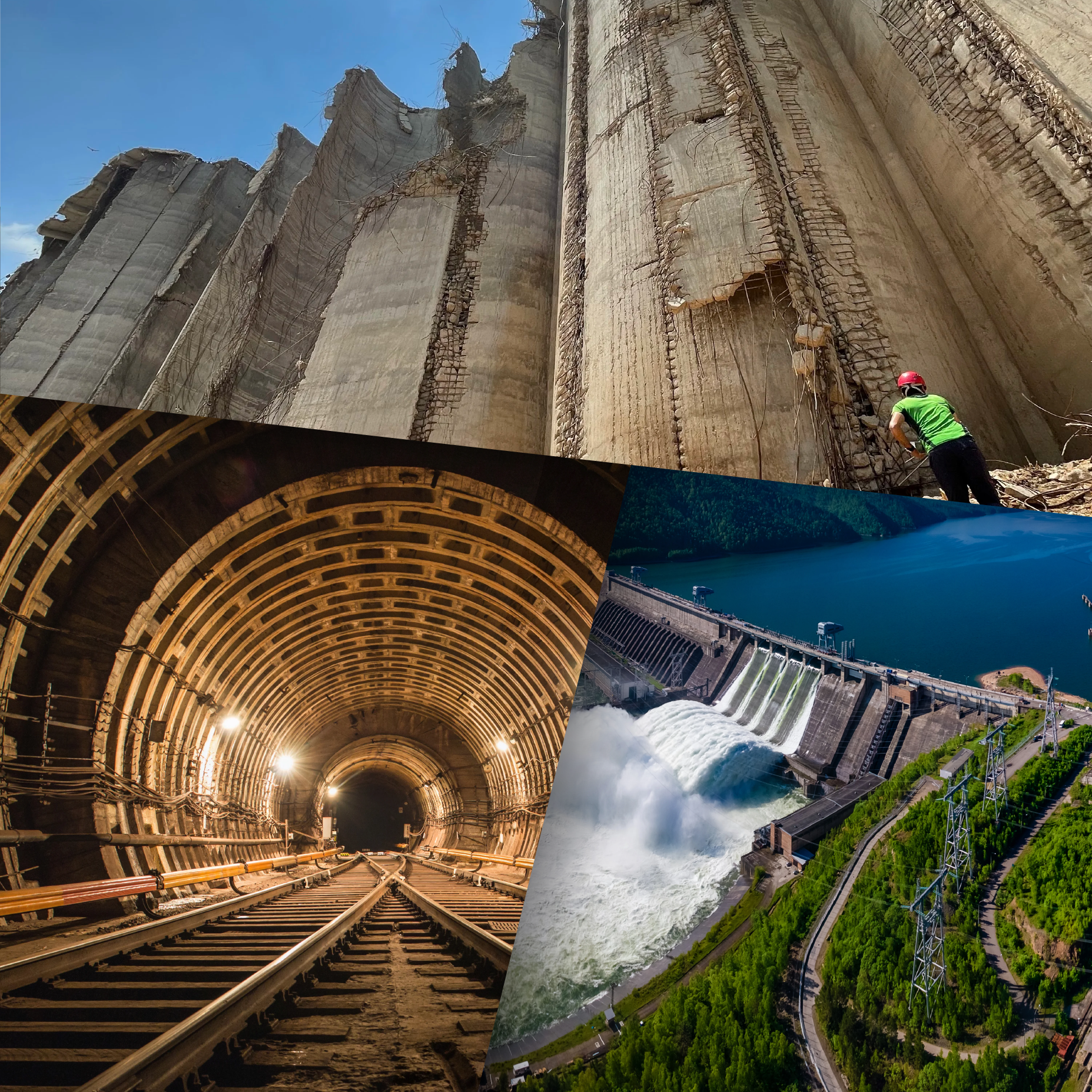The impact of heat waves on infrastructures
July 2022
Heat waves are not a new phenomenon. However, as global warming makes them more common and more severe than ever, they are becoming increasingly disruptive and dangerous to our urban areas.
High temperatures have a great impact on our aging infrastructures to a degree that many of us might not think about. Old structures are, in fact, built using historical climate conditions: when temperatures exceed certain conditions, they can present great challenges to our buildings and transportation systems.
Cities, because of their high concentration of roadways, buildings, and parking lots, turn into “heat-islands”. The term refers to places that, due to the materials they are made of, retain heat, often even overnight, which can make the following day’s temperature higher in less time.
Highways subjected to extreme heat can suffer from bridge joints problems, pavement expansion and softening of old asphalt, resulting in costly and disruptive buckling and cracks. High temperatures can also wrap, buckle, and soften rails, forcing trains to slow down.
Climate change is causing more frequent, intense, and prolonged heat which may have numerous negative effects on the performance, safety, and longevity of existing infrastructures.

What can we do?
Together with actions that can minimize future warming and reduce carbon emissions, communities need to invest in infrastructures that can better cope with these new heat conditions. For example, for road pavements, using a sufficient asphalt binder to withstand temperatures based on projected local climate variations can minimise the risk. Other methods also exist to substantially decrease the risk to road rut, like choosing an alternative modifier, aggregate structure, or pavement structure within the same PG.
One thing is sure: regular monitoring is more essential than ever. It is, in fact, a key measure to have a real-time understanding on how the structure is responding to the drastic changes in our climate. New technologies enable infrastructure owners to detect even the smallest anomalies, giving the opportunity to implement more regular maintenance at lower costs, which leads to lower future risk levels.










